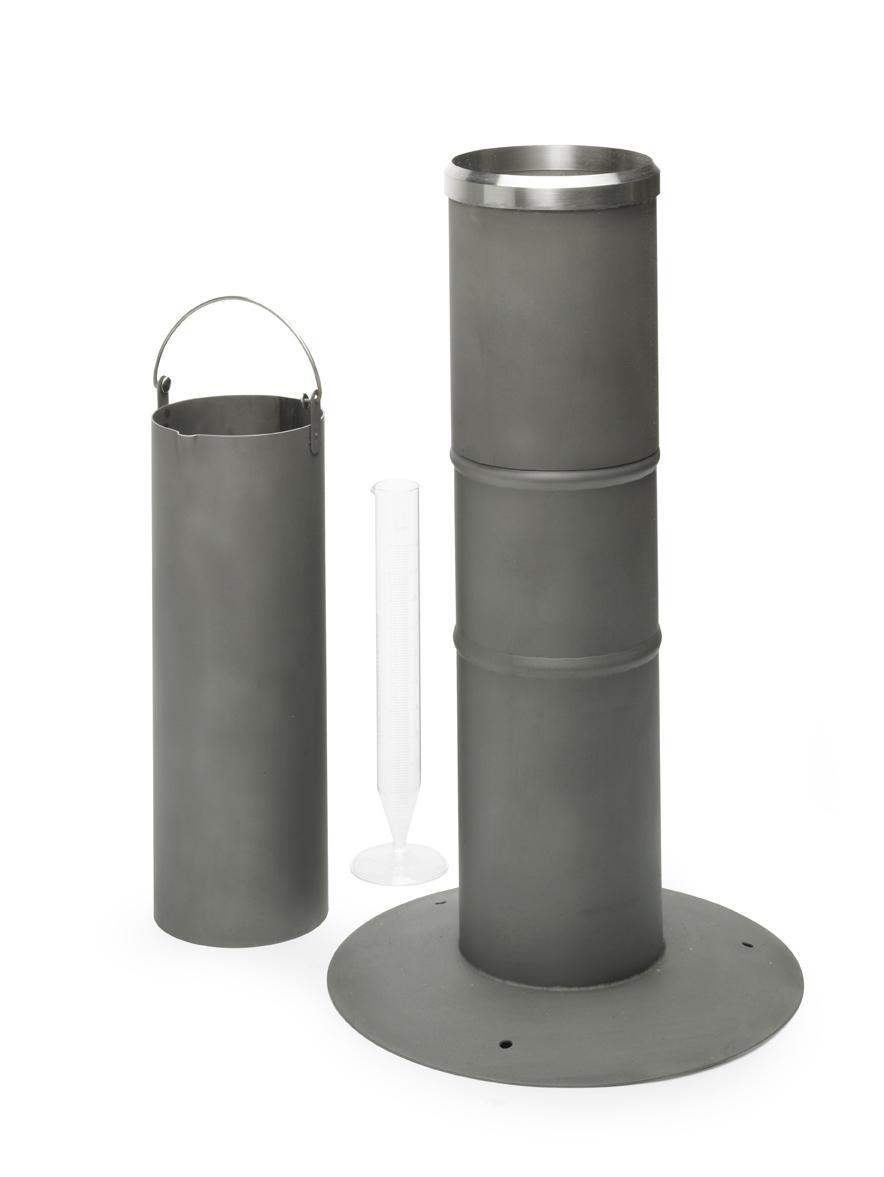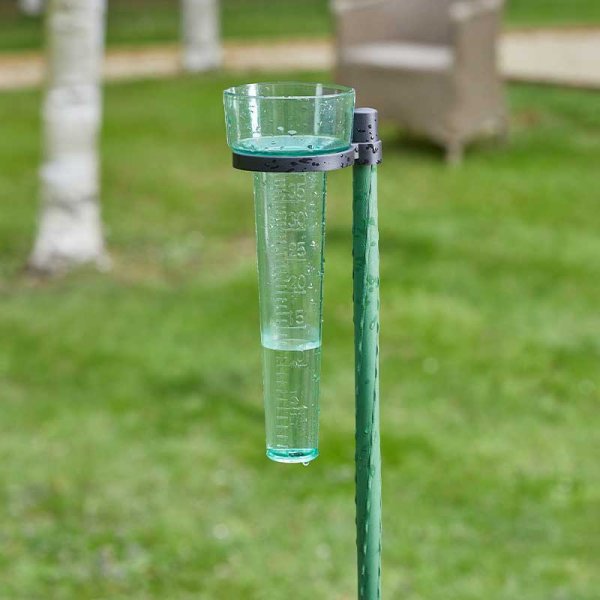Discover the Best Rain Gauge for Accurate Weather Measurement and Projecting
Discover the Best Rain Gauge for Accurate Weather Measurement and Projecting
Blog Article
Revealing the Science Behind Rain Determines: Exactly How These Devices Play a Vital Duty in Environment Research Study and Ecological Monitoring
Rainfall gauges, seemingly simple devices, hold a profound significance in the realm of climate study and ecological surveillance. As we peel off back the layers of this clinical veil surrounding rain evaluates, we uncover a globe where accuracy, information precision, and careful observation converge to unveil a much deeper understanding of our transforming environment and its effect on the world.
Importance of Rainfall Scales
Rainfall evaluates play a crucial function in tracking and determining precipitation levels, supplying necessary information for environment study and analysis. These devices are basic in measuring the amount of rains that happens in a specific location over a specific period. By accumulating and determining rain, rain gauges deal important understandings into the circulation and intensity of precipitation, helping meteorologists, hydrologists, and climatologists in understanding climate patterns and trends.
Among the essential reasons rainfall gauges are critical is their capability to offer exact and localized information. Unlike satellite or radar-based measurements, which supply wider monitorings, rain determines offer specific info details to the location where they are put. This localized data is vital for numerous applications, including flooding forecasting, dry spell tracking, and water source administration. In addition, long-lasting data gathered from rainfall assesses assists in analyzing environment modification influences and patterns, contributing significantly to clinical study and decision-making processes. Fundamentally, rainfall determines act as important tools in the area of weather forecasting and ecological scientific research, playing a critical duty beforehand our understanding of climate and environment characteristics.
Kinds Of Rainfall Scales

Performance and Operation
In the world of environment research and atmospheric research studies, the effectiveness of rainfall determines lies in their detailed performance and specific operational devices. Rain gauges are created to accurately gauge the amount of rainfall that falls over a specific location during a set duration.
The performance of rainfall gauges is based upon the principle of determining and accumulating rain in a standard way. This collected data is critical for recognizing local weather condition patterns, tracking long-term climate fads, and assessing ecological influences. To guarantee exact measurements, rain determines need to be tactically positioned in open areas away from blockages such as buildings or trees that could interfere with the collection process.
The functional facet of rain determines includes routine upkeep to avoid debris build-up, calibration checks to maintain measurement accuracy, and data taping for evaluation (rain gauge). Overall, the functionality and operation of rain assesses are crucial for collecting dependable precipitation data crucial to environment research study and ecological tracking
Function in Environment Research Study
Provided the important relevance of exact rainfall dimensions in recognizing climate patterns and ecological influences, the function of rainfall determines in environment study is crucial. Rainfall assesses supply necessary information for environment research study by measuring the quantity of precipitation that falls over a particular area during a provided period. This data is important for monitoring long-term trends in precipitation patterns, analyzing the impact of climate modification on rains circulation, and enhancing environment versions.

Environment researchers make use of data accumulated from rain gauges to assess variations in precipitation degrees, determine regional climate trends, and review the performance of water source management approaches. By comparing historic precipitation information with present measurements, researchers can discover shifts in rainfall patterns, such as modifications in the frequency or strength of rainfall events. This info is essential for comprehending just how climate modification is affecting precipitation dynamics and can aid policymakers make informed why not try these out decisions relating to adjustment and reduction approaches.
Applications in Environmental Surveillance

In flood projecting, rainfall scale information assists to track rains intensity and distribution, enabling authorities to provide prompt warnings and take required steps to reduce flood threats (rain gauge). Dry spell monitoring counts on rain gauge data to assess wetness degrees in the dirt and track rainfall shortages, helping in the identification of drought-prone locations and the execution of dry spell response techniques
Furthermore, rainfall gauge information plays a vital role in water source administration by giving details on water accessibility and use patterns. This data is utilized to make educated decisions pertaining to water appropriation, conservation actions, and sustainable water source planning. Furthermore, in agriculture, rain gauge information helps farmers in enhancing watering routines, plant selection, and overall farm administration methods based on neighborhood rainfall patterns. Overall, rain gauges are important tools in ecological monitoring, using beneficial understandings that add to educated decision-making and lasting source management.
Final Thought
In final thought, rain assesses are essential devices for gauging rainfall, offering useful data for climate research and ecological surveillance. With various types and performances, rainfall assesses play an important function in recognizing precipitation patterns and their influence on the atmosphere. By properly gauging rains, these gadgets add to the development of clinical knowledge and help in making informed decisions relevant to water source administration and disaster preparedness.
Rainfall determines play an indispensable role in monitoring and determining precipitation degrees, providing necessary information for environment research study and evaluation. The basic rainfall scale, recognized as the "tipping pail" gauge, is one of the most generally used devices. Ultrasonic rain evaluates usage sound waves to find the existence of rain, supplying real-time data on precipitation levels.Environment scientists utilize information try this accumulated from rain determines to assess variants in rainfall levels, determine local environment patterns, and examine the performance of water source management approaches.In continue reading this final thought, rainfall gauges are important devices for determining precipitation, providing valuable data for climate research study and ecological surveillance.
Report this page